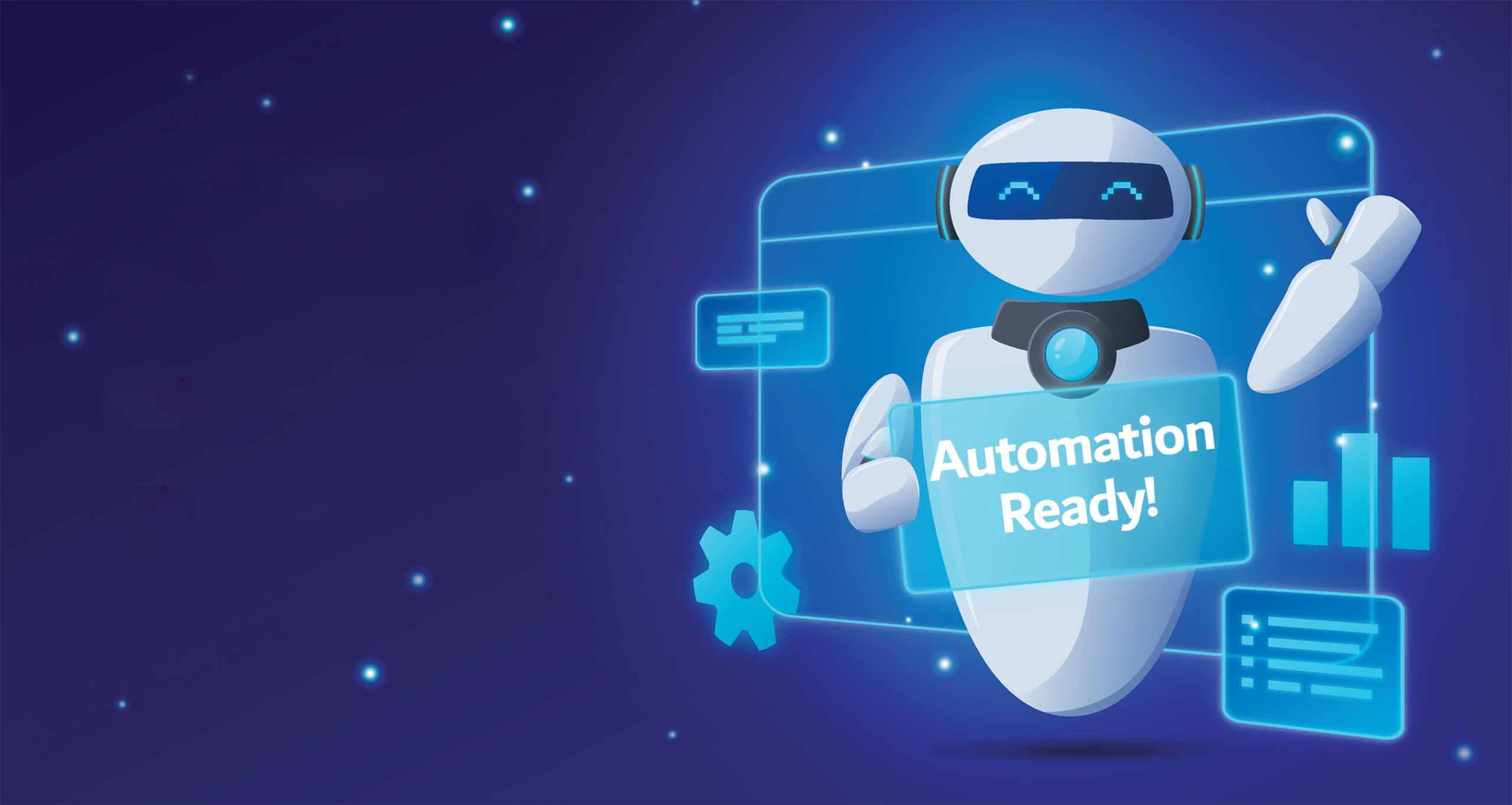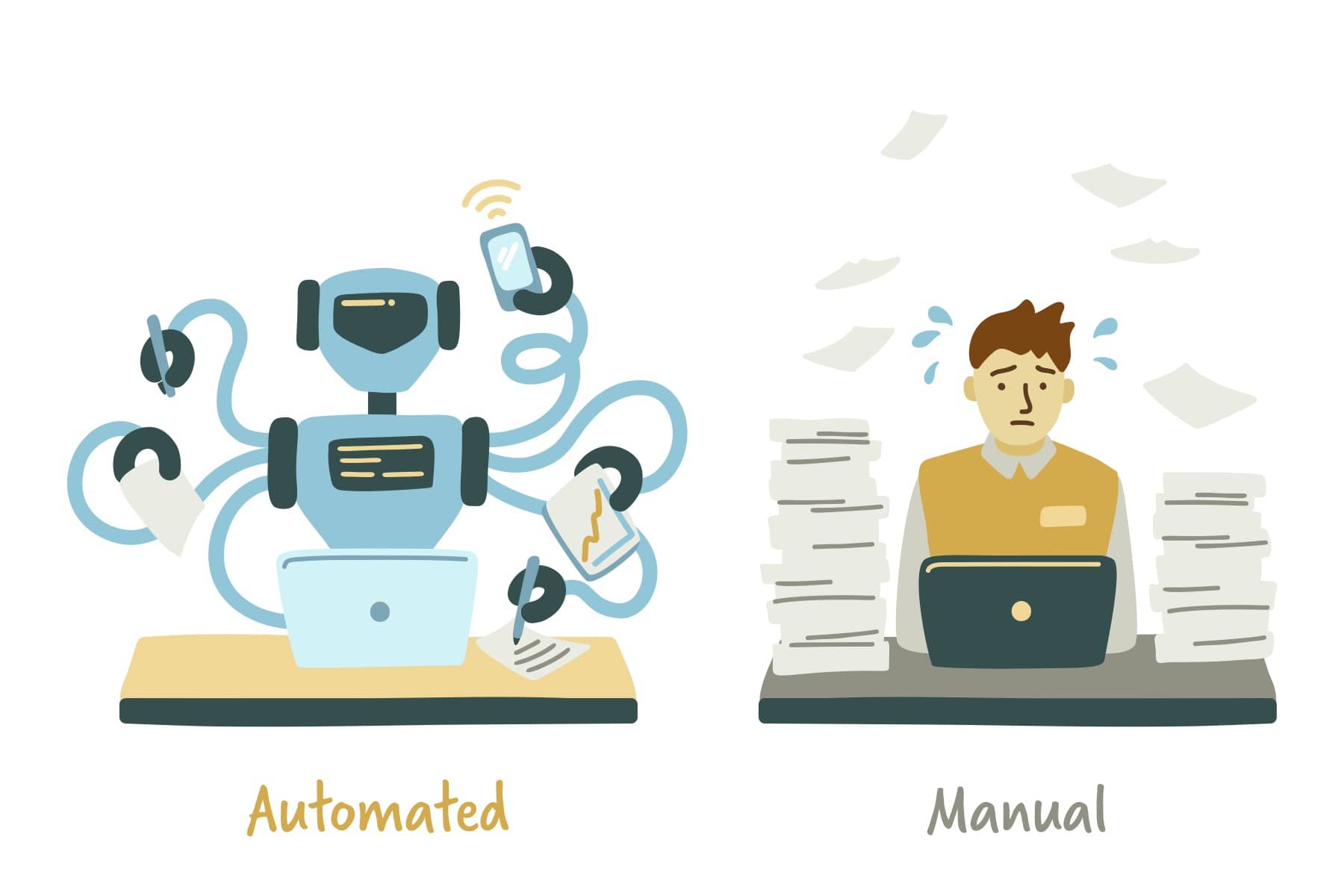Sign Up for Our
Updates
RPA is regularly described as a quick, easy, and user-friendly way to take advantage of automation, even if you have no coding experience. In theory, all you need to do is perform a given task while a bot watches and learns the steps of the process. In practice, however, there are many ways in which this deceptively simple exercise can go wrong. Not to mention that RPA may not have been the ideal form of automation in the first place.
If you've tried RPA and failed, it's tempting to simply push it aside and go back to your old manual processes. However, the same pressures that generally lead people to make such a decision can often be alleviated through the tactical execution of a customised automation strategy. Thankfully, if you've experienced failure with RPA, you have already made meaningful progress towards such a solution. You will find valuable data to analyse and transform into powerful lessons that drive you forward with every mistake.
To illustrate this point, let's examine some of the most common RPA mistakes and the growth derived from them.
Failure to strategise
On the surface, RPA promises an easy automation experience. However, independent research and consulting firm Forrester found that 79% of companies needed to leverage advanced programming capabilities to progress their RPA projects.
As Alphalake Ai's RPA Build Developer Samay Phaldesai explains,
"RPA tools are promoted as low-code platforms. In some cases, this makes the leadership think that a business user would develop a robust solution. RPA does not require much coding, but the algorithm must be designed, and a framework is still needed."
Though RPA tends to receive the most hype in the media (and with good reason), it's not always the most efficient way to automate. If you buy an RPA licence based on the low-code promises and develop your automation strategy later, you're at risk of encountering several problematic outcomes. The first and most frustrating is the possibility that RPA was not the ideal solution for the processes you hoped to automate. API integration would provide a better outcome in many cases as it allows you to bridge systems from the back-end; no bot training or troubleshooting is required.
Failure to strategise may also lead you to automate processes that simply will not provide the ROI you're seeking. For example, automating data entry in a small team may save time. Still, it may not make economic sense when you weigh up the costs involved in purchasing the RPA licence, implementing the automation, and managing the workflows.
The lesson here is that RPA is not something you can impulse-buy. Indeed, it takes a clear strategy, projections, and planning to successfully implement any form of automation. The good news is that RPA is flexible. Though it may not have been suitable for the process you originally intended to automate, it may be highly effective in other areas of your business. You may also discover that with a hybrid approach that integrates different forms of automation, you can make better use of the software bots. This can greatly improve your ROI while ensuring your automation is scalable.
Assuming any employee will be able to build RPA workflows
Here, once again, the low-code promise of RPA often convinces business leaders that any employee with automatable tasks will be able to train and deploy software bots successfully.
As Alphalake CEO Olly Cogan explains, this is rarely how the situation plays out.
"In our experience, whenever we have put RPA tools in the hands of the office worker, most will put it back down again quite quickly. Like any software – and especially one that has many technicalities – RPA requires a lot of dedication and commitment to learning how to use it proficiently."
The concept of a citizen developer is an ideal that we believe the automation industry will one day achieve. However, the current reality is that programming skills (or at the very least, a programmatic mindset) are needed to develop RPA with speed and efficiency. Plenty of patience and a great deal of familiarity with the low-code platform are essential ingredients for the RPA recipe.
In Olly Cogan's words,
"An analyst or someone with the time and inclination to get into the technicalities of the process will be the person who gravitates towards even these 'no-code' ways of working. Such an advanced user will be able to quickly and efficiently build RPA workflows processes that remain reliable in their execution."
Not recognising the limitations of RPA
RPA is a brilliant solution for automating monotonous, error-prone, and time-consuming tasks. However, it cannot carry the total weight of digital transformation for a company. A bot can bridge systems to, for example, read a registration form, fill data, and then send a welcome email to a new customer. However, the more complexity you add to its job, and the more departments you ask it to traverse, the more points of potential failure you introduce to the automation process.
While software bots may be the ideal solution for automating specific processes, it's essential to recognise RPA as just one of many powerful contributors to a more considerable team effort. Upgrading from legacy software and taking a hybrid approach to automation are two of the most robust foundations you can put in place for a successful digital transformation.
Giving up on RPA too soon
When it comes to RPA, many people assume that once a bot has been built and trained, it will operate autonomously with no monitoring needed. While bots work autonomously, thinking of them as a set-and-forget solution can lead to a perception of failure when the bot doesn't live up to this ideal. Often, the only difference between a temporary setback and a permanent failure is where you choose to stop trying.
Just like humans, bots need to be trained, but when they encounter scenarios that weren't covered in training, they can't use abstract thinking or inductive reasoning to come up with their solutions. Instead, they need a new set of rules to overcome the novel challenge. To ensure you have realistic expectations, it's helpful to think of each bot as a human worker who is a stickler for the rules.
While a comprehensive RPA strategy can help you predict and plan for many potential obstacles, your new digital workforce will likely need monitoring and adjustments before reaching peak performance. Fail to recognise this, and you may give up on an RPA project when the bots simply need some extra attention.
This is why, alongside careful monitoring, Alphalake Ai performs both short and long-term analyses of every automation project we implement. Through the close assessment of outcomes, you can gain a clear picture of the ROI being achieved by your RPA project, allowing you to make the adjustments necessary to attain the desired results.
RPA is a powerful ally in a strategic automation framework
RPA is advertised as a simple, user-friendly form of automation, and in many ways, it is. However, the easy part for the average user generally only kicks in after skilled technicians have planned and implemented a tailor-made automation strategy. RPA may be central to that strategy. However, it offers better results when implemented as part of a more exhaustive hybrid automation methodology in many cases.
Hybrid Automation™ is an expansive approach that allows you to solve your most pressing problems while always focusing on the bigger picture. Even if an automation solution is introduced in isolation, it's designed with the capacity to integrate with other processes, giving you scope to drive greater efficiency within your business.
If you've had problems with RPA or have been hesitant to try automation due to concerns about failure, the Alphalake team is here to help. Feel free to contact one of our friendly automation experts who will be more than happy to answer your questions.



